The sapodilla, a member of the Sapotaceae family, is a juicy fruit that ripens to a purplish-black or dark purple color, having a yellowish-green hue when unripe. This fruit is quite familiar to Vietnamese people and is known for its distinctive sweet and refreshing taste, as well as its soft, tender flesh. Today, let’s join us in discovering how many calories are in one sapodilla and whether eating a lot of them will make you fat!
1 Nutritional Profile of Sapodilla
Nutritional Value of Sapodilla
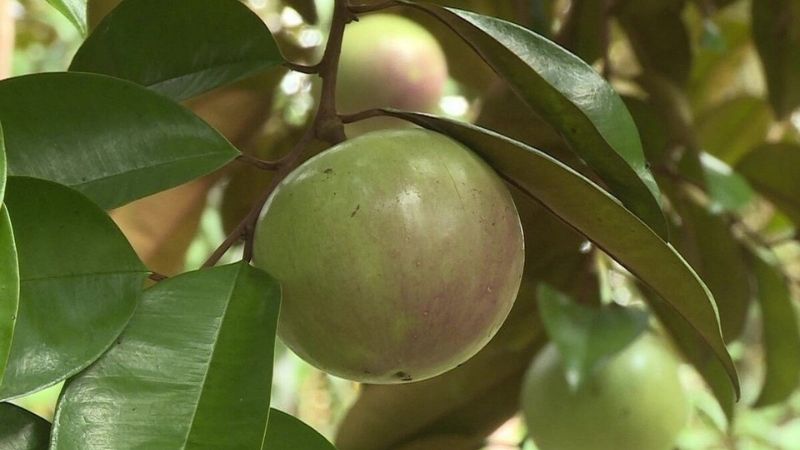 Nutritional Value of Sapodilla
Nutritional Value of Sapodilla
Sapodillas not only offer a refreshing and delicious taste, but they are also a good source of essential nutrients for the human body. Notably, they contain:
- 14.65 g of carbohydrates
- 9.1 mg of vitamin C
- 1.137 mg of potassium
- 0.49 mg of iron
- 1.92 g of total fat
- 0.049 mg of Thiamin (Vitamin B1)
- 1.52 g of protein
- 0.038 mg of Riboflavin (Vitamin B2)
- 18.95 mg of calcium
Health Benefits of Sapodilla
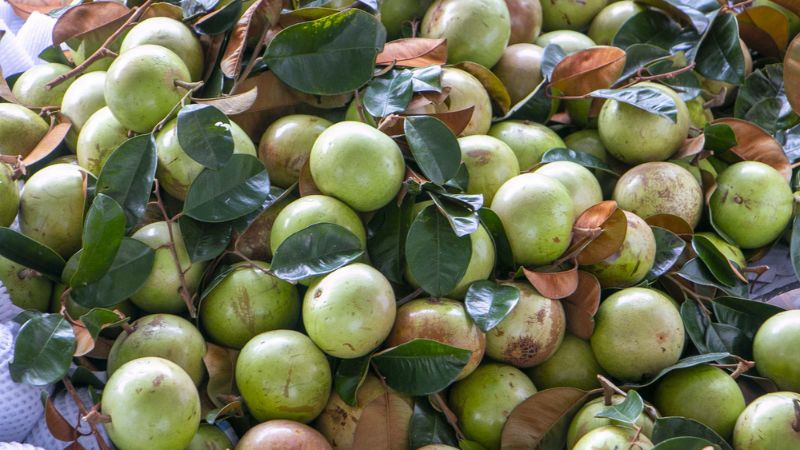 Health Benefits of Sapodilla
Health Benefits of Sapodilla
- Improves Digestive Health: Sapodillas are rich in dietary fiber, which promotes a healthy digestive system. The fiber in this fruit softens the stool and facilitates its passage through the intestines.
- Rich in Vitamin C: Vitamin C is a powerful antioxidant that plays a role in collagen production, wound healing, immune system enhancement, and improved vision, among other benefits.
- Controls Diabetes: Sapodillas help regulate blood sugar levels, making them an ideal food for diabetics.
- Aids in Weight Loss: Sapodillas are a low-fat, low-calorie fruit, making them a perfect choice for weight loss diets. Additionally, the high fiber content of this fruit helps increase satiety, making you feel fuller for longer.
- Antioxidant and Anti-inflammatory Properties: According to a study, sapodillas contain an alkaloid compound called eleagnin, which exhibits strong antibacterial properties. This compound has also been found to possess antioxidant and anti-inflammatory characteristics. The seeds of the sapodilla tree have been used to create anti-infective ointments.
For further reference:
2 How Many Calories Are in 100g of Sapodilla?
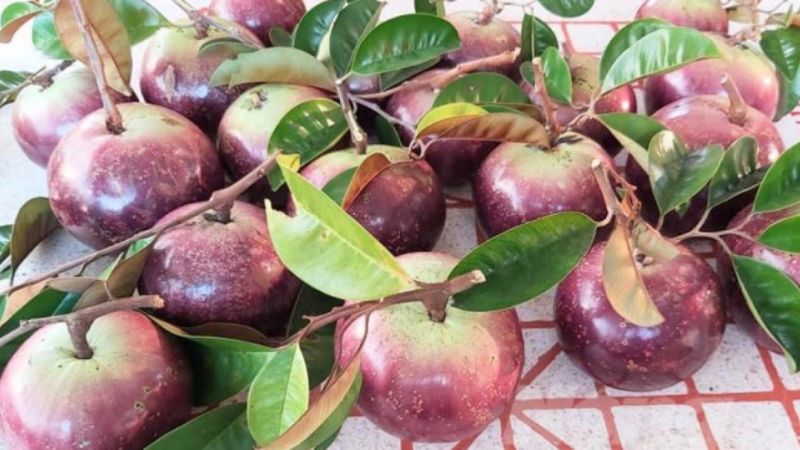 How Many Calories Are in 100g of Sapodilla?
How Many Calories Are in 100g of Sapodilla?
According to the National Institute of Nutrition, 100g of sapodilla contains approximately 32.2 calories, which is relatively low compared to the daily caloric requirement of an adult. However, the number of calories can vary depending on the other foods you combine with sapodillas to create different dishes.
3 Does Eating Sapodilla Make You Fat?
 Does Eating Sapodilla Make You Fat?
Does Eating Sapodilla Make You Fat?
A healthy adult typically requires an average of 2000 calories per day, distributed evenly across meals. Considering that 100g of sapodilla contains only about 32.2 calories, you would need to consume at least 1kg of sapodilla to obtain approximately 322 calories, which meets the body’s caloric needs. Therefore, it can be concluded that eating an appropriate amount of sapodilla will not make you fat.
4 Healthy Ways to Eat Sapodilla
Sapodilla Smoothie
 Sapodilla Smoothie
Sapodilla Smoothie
To make a delicious sapodilla smoothie, you’ll need ripe and fragrant sapodillas, along with some other easily accessible ingredients. Simply cut the sapodillas in half, scoop out the flesh with a spoon, remove the seeds, and blend it all together in a blender. Add a suitable amount of fresh milk, condensed milk, and crushed ice to the blender and mix until smooth.
Sapodilla with Condensed Milk
 Sapodilla with Condensed Milk
Sapodilla with Condensed Milk
After washing the sapodillas, peel and cut them into small pieces. Then, add a little condensed milk, fresh milk, and crushed ice according to your preference. This will give you a delicious and creamy sapodilla treat that is neither too sweet nor overwhelming, ensuring you enjoy every last sip.
Sapodilla, Pomegranate Seed, and Tapioca Pearl Dessert
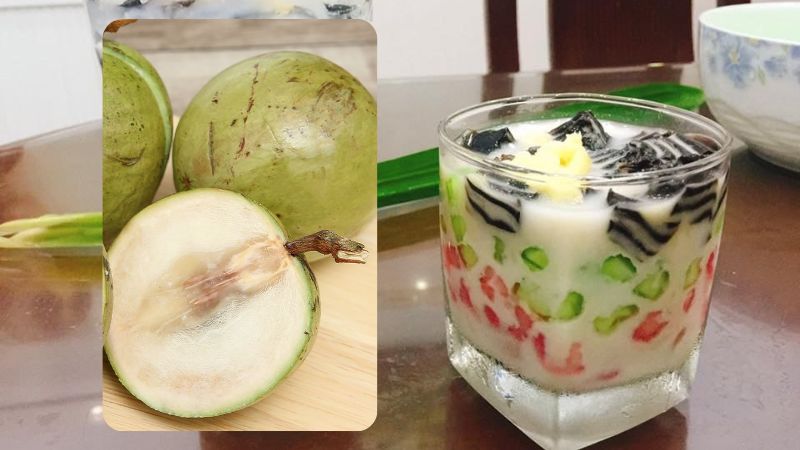 Sapodilla, Pomegranate Seed, and Tapioca Pearl Dessert
Sapodilla, Pomegranate Seed, and Tapioca Pearl Dessert
To save time and effort, you can purchase ready-made pomegranate seeds and tapioca pearls from a store. Simply grate the sapodilla flesh, discarding the seeds, and mix it with the pomegranate seeds, tapioca pearls, and white sugar. Then, place the mixture in the refrigerator to chill, and don’t forget to add a little coconut milk before serving.
5 Notes on Eating Sapodilla for Weight Loss
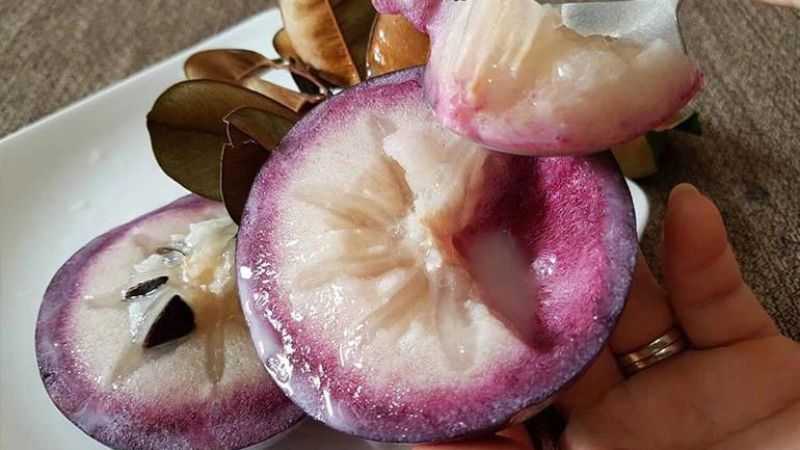 Notes on Eating Sapodilla for Weight Loss
Notes on Eating Sapodilla for Weight Loss
- Avoid eating too close to the sapodilla’s skin, as the latex can cause constipation and a bitter taste.
- Do not bite into the stem directly, as it may contain worms.
- Refrain from eating overripe or spoiled sapodillas to prevent stomachaches.
Hopefully, the information provided has helped you gain a better understanding of sapodillas and answered your questions about whether eating sapodillas can make you fat and how to consume them healthily.
Source: International Medicine Polyclinic






























